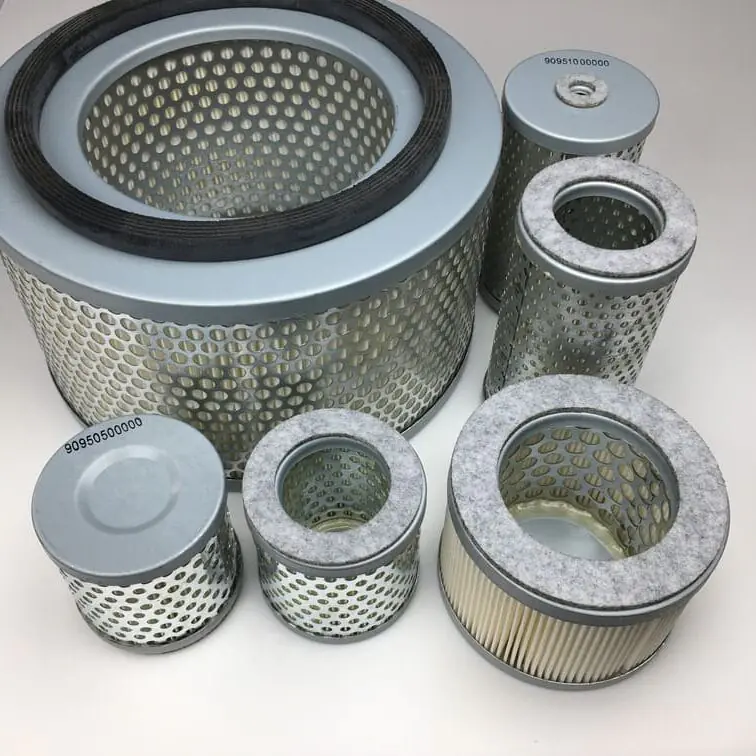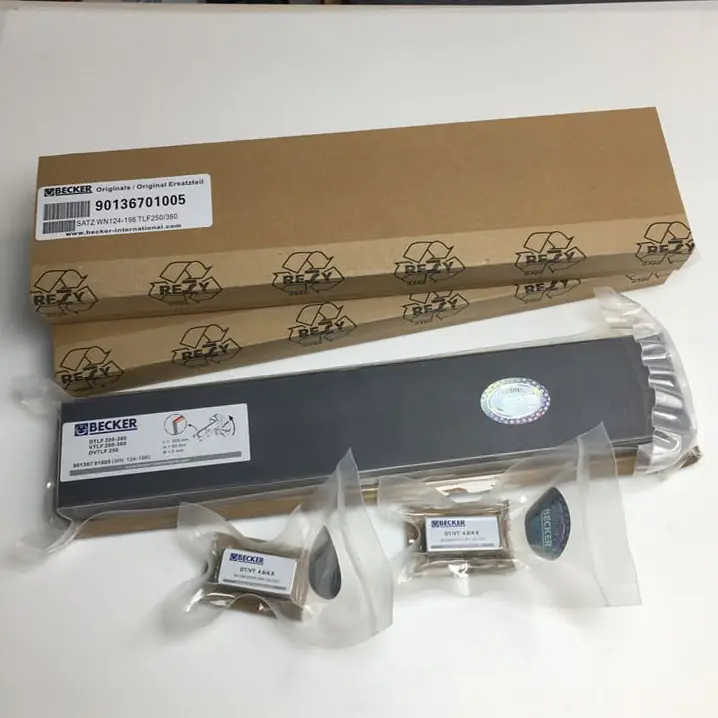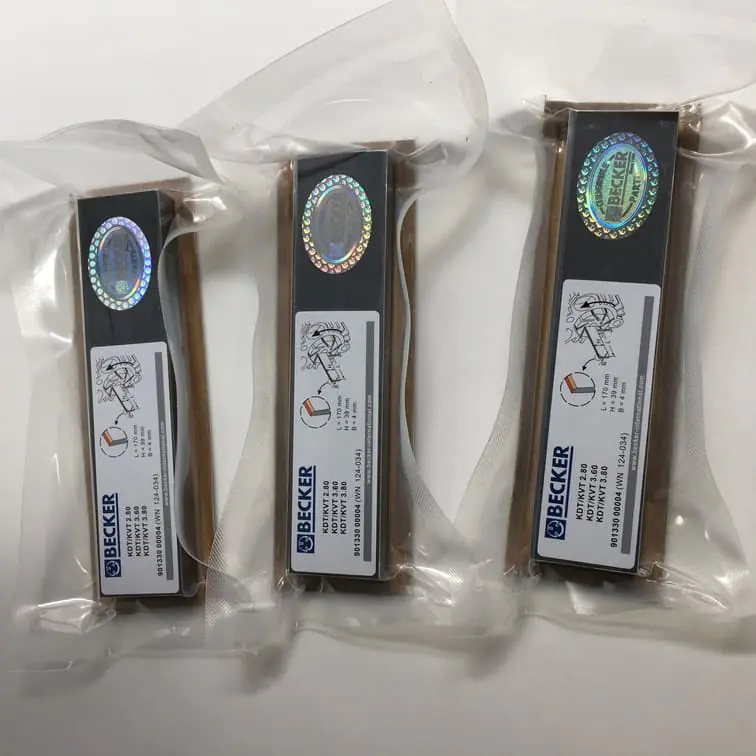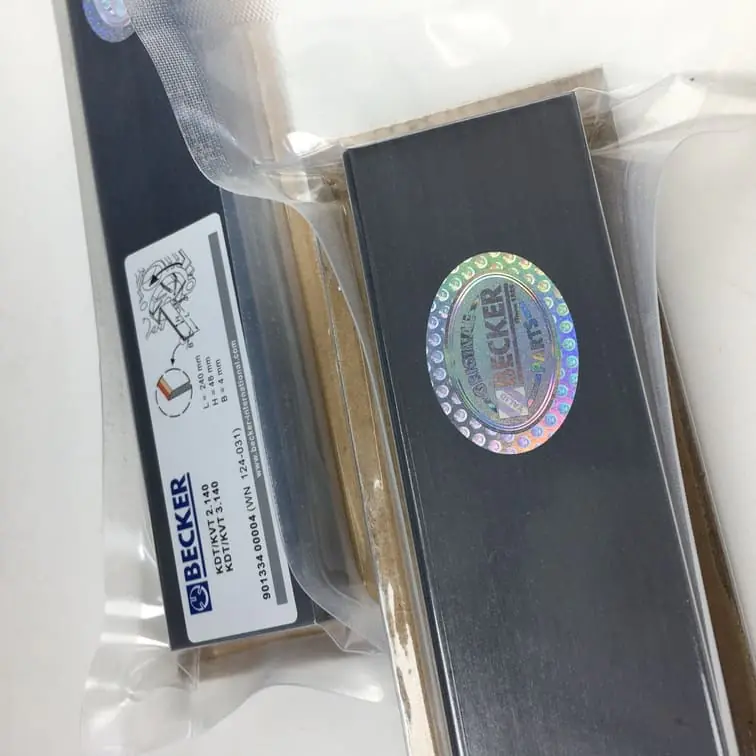What is Gas Ballast for on a Vacuum Pump?
Vacuum pumps are fundamental to a wide array of industrial applications, from HVAC systems to chemical processing and even pharmaceutical manufacturing. Among the many components that make up a vacuum pump, the gas ballast valve is one of the most intriguing and crucial elements. If you have ever wondered, “What is gas ballast for on a vacuum pump?”, this article will provide you with a thorough understanding of its purpose, functionality, and benefits. Understanding the gas ballast is key to maximizing your pump’s efficiency and ensuring its longevity.
Understanding the Concept of Gas Ballast
A gas ballast is a feature in many vacuum pumps that serves to assist in the management of water vapor and other condensable gases during the vacuum process. This is particularly important in pumps that are susceptible to oil contamination due to condensation. The gas ballast introduces a controlled quantity of atmospheric air or inert gas into the pump’s compression stage, which prevents water vapor from condensing and mixing with the pump oil.
The Basic Principle of Gas Ballast
To understand the concept fully, it is important to know how a vacuum pump works:
- Compression and Expansion: A vacuum pump operates by creating negative pressure that draws in gas from a system. During compression, gas is expelled to the atmosphere. However, if the incoming gas contains water vapor or other condensable substances, these can condense during compression, leading to contamination of the pump oil.
- Introducing Gas Ballast: By introducing a gas ballast, atmospheric air is added during the compression phase. This additional gas prevents the vapor from reaching its condensation point, thus keeping it in a gaseous state and allowing it to be expelled safely without contaminating the pump oil.
“The primary role of a gas ballast valve is to prevent the formation of harmful condensates within the vacuum pump.”
How Does the Gas Ballast Valve Work?
The gas ballast valve is opened to let in air or gas during part of the compression cycle. This allows any vapors in the gas being pumped to remain above their dew point, which prevents condensation. The benefits of using a gas ballast valve include maintaining the integrity of the vacuum pump oil and extending the pump’s operating life.
- Ballast Valve Open: When the ballast valve is open, a controlled quantity of air is admitted, which raises the pressure slightly during the compression process, preventing condensation.
- Ballast Valve Closed: When dealing with non-condensable gases or when moisture is not a concern, the ballast valve can be closed to optimize the ultimate vacuum level.
Importance of Gas Ballast in Vacuum Pumps
The gas ballast has several critical benefits in maintaining efficient pump operation, especially for processes involving moisture or other condensable vapors.
1. Preventing Oil Contamination
One of the most significant advantages of using a gas ballast is the prevention of oil contamination. Vacuum pump oil serves several purposes, including lubrication, cooling, and sealing. When water vapor condenses inside the pump, it mixes with the oil, causing it to degrade. This can lead to a reduction in the oil’s effectiveness, increasing wear on pump components.
- Decreased Oil Efficiency: Contaminated oil loses its lubricating properties, which can lead to increased friction, wear, and ultimately pump failure.
- Oil Replacement Costs: By preventing condensation, a gas ballast helps to maintain the quality of the oil, reducing the frequency of oil changes and thus saving on maintenance costs.
2. Achieving Consistent Vacuum Levels
In processes where condensable vapors are present, a vacuum pump without a gas ballast can struggle to maintain a consistent vacuum level due to the formation of liquid inside the pump chamber.
- Improved Pump Performance: Introducing a gas ballast allows the pump to handle condensable gases without losing efficiency, resulting in a more stable vacuum and consistent process results.
3. Versatility in Applications
The ability to handle moisture-laden environments makes gas ballasted pumps ideal for applications such as:
- Freeze Drying: In pharmaceutical industries, freeze drying involves the removal of moisture from products. The gas ballast allows the vacuum pump to handle the moisture without the risk of condensation.
- Vacuum Distillation: In chemical processes where various vapors must be separated without contamination, a gas ballast prevents unwanted condensation.
For more information about the various vacuum pump parts that play a crucial role in achieving optimal performance, visit Vacuum Pump Spare Parts.

Types of Gas Ballast in Vacuum Pumps
There are different methods of gas ballasting that vary depending on the type of vacuum pump being used and the application requirements.
1. Manual Gas Ballast Valve
In many rotary vane pumps, a manual gas ballast valve is used. This valve can be opened or closed by an operator depending on whether condensable vapors are present.
- Advantages: Simple to operate and can be adjusted as per process needs.
- Disadvantages: Requires manual intervention, which may not be ideal for fully automated processes.
2. Automatic Gas Ballast Systems
Some advanced vacuum pumps are equipped with automatic gas ballast systems that adjust the ballast level based on the type of gas being pumped.
- Advantages: Provides better control and ensures that the pump operates optimally without the need for operator intervention.
- Disadvantages: More complex and generally more expensive compared to manual systems.
Operating a Gas Ballasted Vacuum Pump
When to Use the Gas Ballast
The gas ballast is typically used when the vacuum pump is dealing with gases that contain moisture or other condensables. Here’s a general guideline on when to use it:
- Pumping Air with High Humidity: When the incoming gas has a high humidity level, it is advisable to open the gas ballast to prevent condensation.
- Initial Pumping Stage: During the initial pump-down phase, especially when handling open air, using the gas ballast helps purge moisture from the system.
- Oil Inspection: If the pump oil appears milky or cloudy, this is an indicator of moisture contamination, and using the gas ballast can help alleviate this problem.
For consistent maintenance and ensuring your vacuum pump continues to work efficiently, check out the available Becker Air Filter replacements.
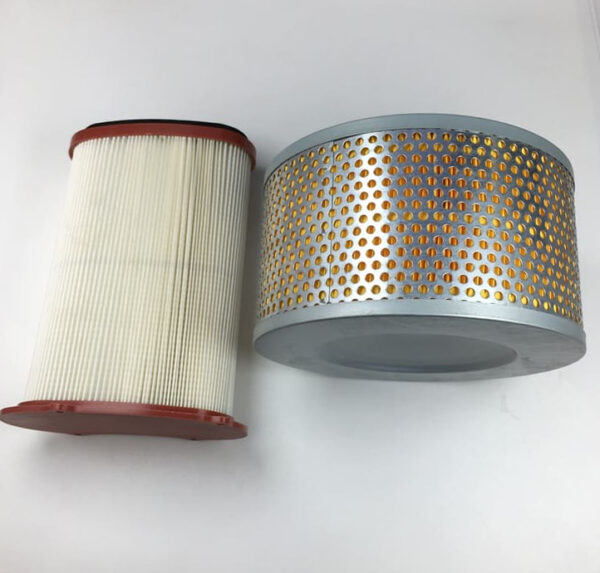
How to Operate a Gas Ballast Valve
Operating a gas ballast valve is straightforward but requires careful consideration of the type of gas being pumped and the desired vacuum level:
- Locate the Gas Ballast Valve: On most rotary vane pumps, the gas ballast valve is found on the top or side of the pump housing.
- Open or Close: Open the valve slightly to allow air in when dealing with condensable gases. Close it when the system is clean and a deeper vacuum is required.
- Monitor the Oil: Regularly monitor the oil condition to determine if additional ballast is needed to keep the oil from becoming contaminated.
Common Issues and Troubleshooting Gas Ballast Problems
1. Ineffective Oil Decontamination
If the gas ballast is not effectively preventing oil contamination, consider the following:
- Check for Leaks: Ensure there are no leaks in the system that could allow excess vapor to enter.
- Inspect Ballast Valve: Make sure the valve is functioning correctly and is not clogged or obstructed.
2. Reduced Pump Performance
Sometimes using the gas ballast can lead to a slight reduction in the ultimate vacuum level achieved. This is because the ballast adds extra gas to the compression process, which can slightly raise the pressure.
- Solution: Close the gas ballast once the bulk of the moisture has been removed to reach the desired deep vacuum level.
3. Gas Ballast Valve Stuck
The ballast valve may sometimes get stuck due to debris or oil deposits.
- Solution: Clean the valve thoroughly and consider replacing worn parts to ensure smooth operation.
FAQs
1. What is the purpose of a gas ballast on a vacuum pump?
The gas ballast prevents condensable vapors, such as water vapor, from condensing within the pump. This helps to maintain the quality of the vacuum pump oil and extends the life of the pump.
2. Should I keep the gas ballast valve open all the time?
No, the gas ballast should only be kept open when dealing with gases that contain moisture or other condensables. Once the vapor is purged, the valve should be closed to achieve a deeper vacuum.
3. How do I know if my vacuum pump needs a gas ballast?
If you are dealing with a gas that has high humidity or if your pump oil appears milky or cloudy, it’s a good sign that a gas ballast should be used to prevent condensation.
4. What type of pumps commonly use gas ballasts?
Rotary vane pumps and other oil-sealed vacuum pumps commonly feature gas ballasts to handle condensable vapors.
5. Does using a gas ballast affect the vacuum level?
Yes, using a gas ballast can slightly reduce the ultimate vacuum level that the pump can achieve. However, it significantly benefits the pump’s longevity by preventing oil contamination.
Conclusion
The gas ballast on a vacuum pump is an essential feature for handling condensable vapors like water vapor. By introducing air into the compression phase, it prevents these vapors from condensing, thus protecting the pump oil and maintaining the pump’s efficiency. Whether you are working with pharmaceutical applications, chemical processes, or HVAC systems, understanding when and how to use a gas ballast can enhance the performance and longevity of your vacuum pump.
By ensuring proper operation of the gas ballast valve, you can keep your pump operating smoothly, extend its life, and reduce maintenance costs. If you need spare parts or guidance on maintaining your vacuum pump, visit Vacuum Pump Parts. Proper maintenance and use of components like the gas ballast can make a significant difference in both performance and efficiency.

